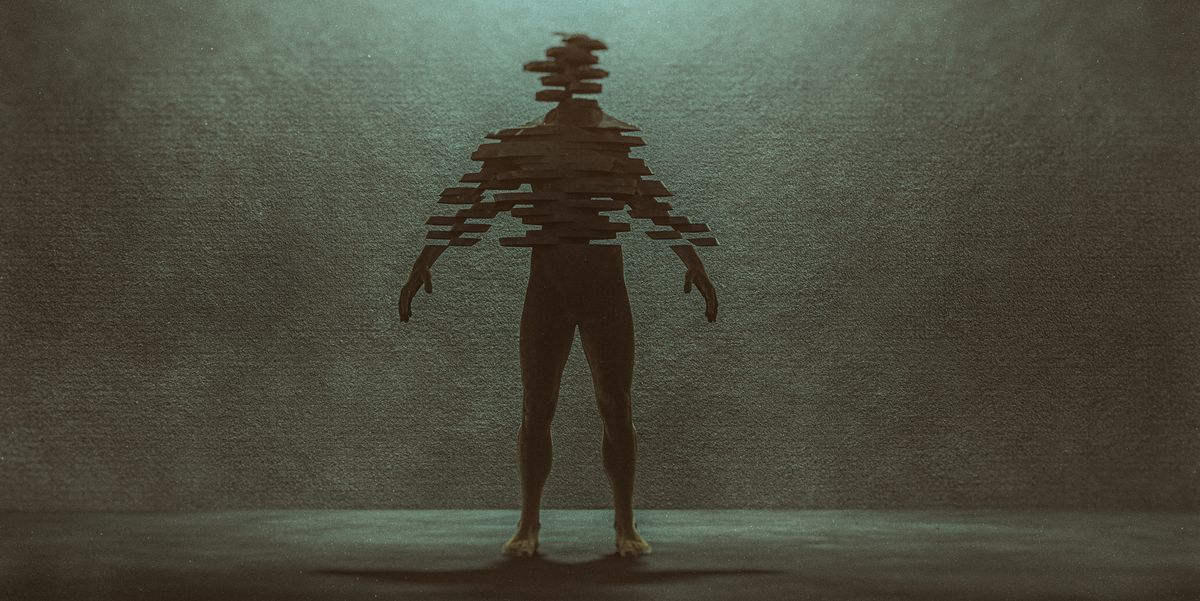By Darren Orf
Here’s what you’ll learn when you read this story:One major division of the kingdom Animalia is Cnidarians (animals built around a central point) and bilaterians (animals with bilateral symmetry), which includes us humans. A new study found that the sea anemone, a member of the Cnidarian phylum, uses bilaterian-like techniques to form its body. This suggests that these techniques likely evolved before these two phyla separated evolutionarily some 600 to 700 million years ago, though it can’t be ruled out that these techniques evolved independently. Make a list of complex animals as distantly related to humans as possible, and sea anemones would likely be near the top of the list. Of course, one lives in the water and the other doesn’t, but the differences are more biologically fundamental than that—sea anemones don’t even have brains.So it’s surprising that this species in the phylum Cnidarians (along with jellyfish, corals, and other sea creatures) contains an ancient blueprint for bilaterians, of which Homo sapiens are a card-carrying member. A new study by a team of scientists at the University of Vienne discovered that sea anemones, whose Cnidarian status means they grow radially around a central point (after all, what is the “face” of a jellyfish), use a technique commonly associated with bilaterians, known as bone morphogenetic protein (BMP) shuttling, to build their bodies. This complicates the picture of exactly when this technique evolved or if it possibly evolved independently of bilaterians. The results of the study were published last month in the journal Science Advances.“Not all Bilateria use Chordin-mediated BMP shuttling, for example, frogs do, but fish don’t, however, shuttling seems to pop up over and over again in very distantly related animals making it a good candidate for an ancestral patterning mechanism,” University of Vienna’s David Mörsdorf, a lead author of the study, said in a press statement. “The fact that not only bilaterians but also sea anemones use shuttling to shape their body axes, tells us that this mechanism is incredibly ancient.”To put it simply, BMPs are a kind of molecular messenger that signals to embryonic cells where they are in the body and what kind of tissue they should form. Local inhibition from an inhibitor named Chordin (which can also act as a shuttle) along with BMP shuttling creates gradients of BMP in the body. When these levels are their lowest, for example, the body knows to form the central nervous system. Moderate levels signal kidney development, and maximum levels signal the formation of the skin of the belly. This is how bilaterians form the body’s layout from back to body. Mörsdorf and his colleagues found that Chordin also acts as a BMP shuttle—just as displayed in bilaterians like flies and frogs. Thi signals that this particular evolutionary trait likely developed before Cnidarians and bilaterians diverged. Seeing as these two phylums of the animal kingdom have vastly different biological structures, that divergence occurred long ago, likely 600 to 700 million years ago. “We might never be able to exclude the possibility that bilaterians and bilaterally symmetric cnidarians evolved their bilateral body plans independently,” University of Vienna’s Grigory Genikhovich, a senior author of the study, said in a press statement. “However, if the last common ancestor of Cnidaria and Bilateria was a bilaterally symmetric animal, chances are that it used Chordin to shuttle BMPs to make its back-to-belly axis.”
